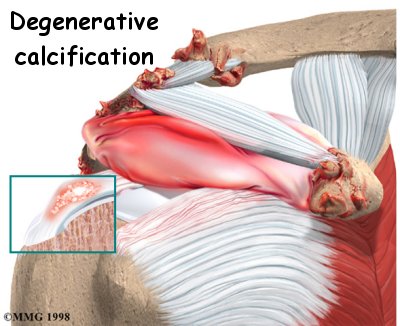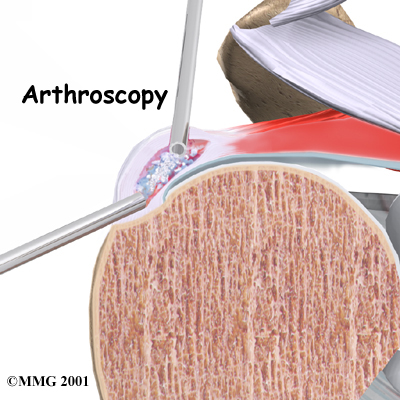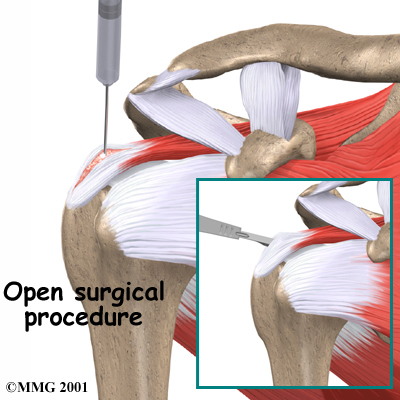Non-surgical Rehabilitation
When you begin your physical therapy program at STAR Physical Therapy, our first goal will be to help control your pain and inflammation. Initial treatment is likely to be rest and anti-inflammatory medication, such as ibuprofen. The anti-inflammatory medicine is used mainly to control pain.
Our physical therapist may apply heat, ice or ultrasound treatments. Ultrasound has shown some benefit in reducing the size of the deposit and in helping people have less pain and better arm function. However, to get the full benefit, ultrasound treatments must be repeated often (up to 24 times) in a six-week period.
Your physical therapist can then create an individualized program of strengthening and stretching for your shoulder. It is very important to strengthen the muscles of the rotator cuff, as these muscles help control the stability of the shoulder joint. Strengthening these muscles can actually decrease the pressure on the calcium deposits in the tendon. Our physical therapist can also evaluate your workstation or the way you use your body when you do your activities and suggest changes. Simple changes in the way you sit or stand can ease pain and help you avoid further problems.
Post-surgical Rehabilitation
Rehabilitation after shoulder surgery can be a slow process. Although the time required for recovery varies, you will probably need to attend physical therapy sessions for about six to eight weeks, and should expect full recovery to take three to four months. Getting the shoulder moving as soon as possible is important. However, this must be balanced with the need to protect the healing tissues.
You may have to wear a sling to support and protect your shoulder for a few days after surgery. Our physical therapist may use ice and electrical stimulation treatments during your first few sessions to help control pain and swelling from the surgery. We may also use massage and other types of hands-on treatments to ease muscle spasm and pain.
Therapy can progress quickly after a simple arthroscopic resection. Our treatments start out with range-of-motion exercises and gradually work into active stretching and strengthening. You just need to be careful to avoid doing too much, too quickly.
Therapy goes slower after open surgery, where the shoulder muscles have been cut. Your physical therapist will usually wait up to two to three weeks before starting range-of-motion exercises. Exercises begin with passive movements. In passive exercises, our physical therapist will move your shoulder joint while your muscles stay relaxed. We will gently move your joint and gradually stretches your arm. Our physical therapist may also teach you how to do passive exercises at home.
Active therapy usually starts four to six weeks after surgery. Our physical therapist will instruct you on how to use your own muscle power in active range-of-motion exercises. We may have you begin with light isometric strengthening exercises. These exercises work the muscles without straining the healing tissues.
At about six weeks you start doing heavier strengthening. These exercises focus on improving the strength and control of the rotator cuff muscles and the muscles around your shoulder blade. Our physical therapist will help you retrain these muscles to keep the ball of the humerus in the socket. This helps your shoulder move smoothly during all your activities.
Some of the exercises we’ll teach you are designed get your shoulder working in ways that are similar to your work tasks and sport activities. Our physical therapist in Fairport and Rochester will help you find ways to do your tasks that don't put too much stress on your shoulder. Before your physical therapy sessions end, our physical therapist will teach you a number of ways to avoid future problems.
STAR Physical Therapy provides services for physical therapy in Fairport and Rochester.
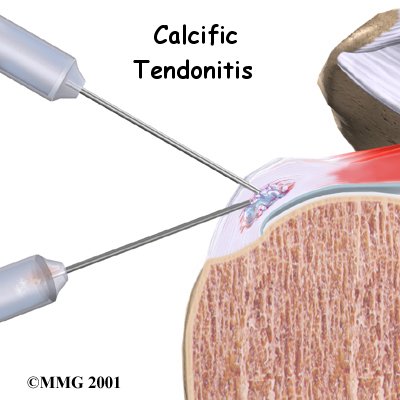
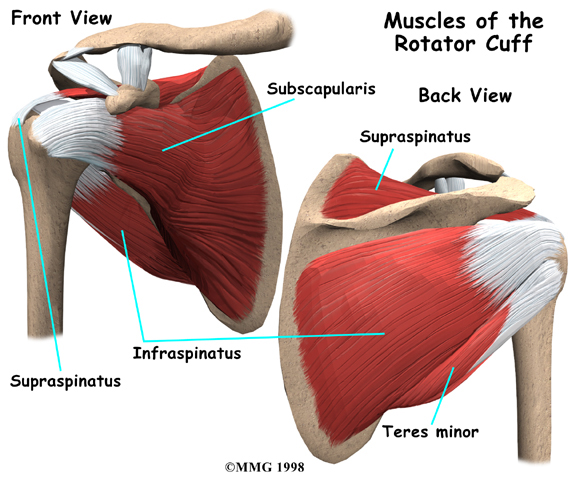 Which part of the shoulder is affected?
Which part of the shoulder is affected?